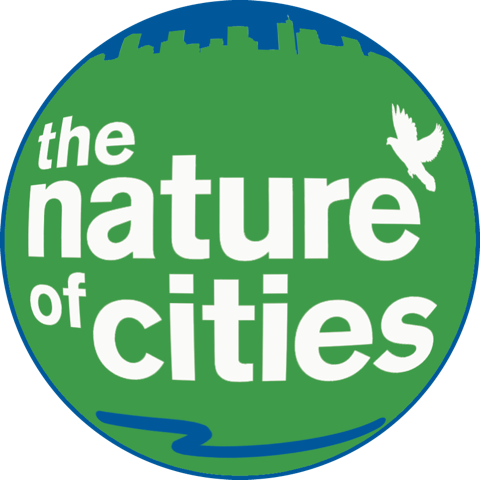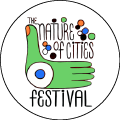28 February 2016
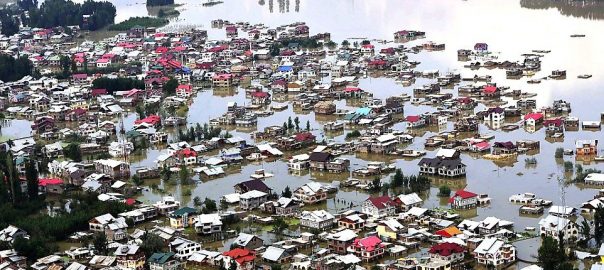
Increasingly, cities are becoming risky and vulnerable places to live in because of climate change; it is vital to integrate natural defences with gray, or built, infrastructure for sustaining cities. The past decade, from 2005–2015, has shown us what happens when we ignore the vital signs of urban ecosystems, which...
25 February 2016

Rachenahalli is one of the few living lakes of Bangalore, in the north of the city. It is connected to water bodies upstream and downstream, particularly Jakkur Lake in the northeast. Both of these lakes have been rejuvenated, at substantial cost, by the Bangalore Development Authority over the last decade....
23 February 2016
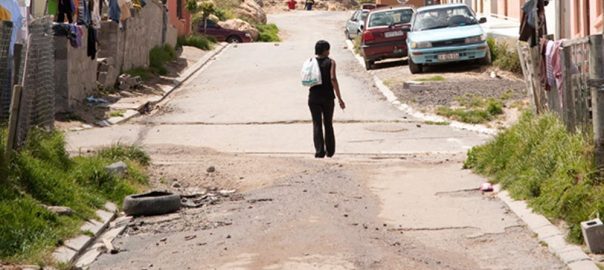
I have just returned from an exhilarating week spent in a workshop with a collection of UrBioNet members. UrBioNet is a network of researchers, practitioners, and students with an interest in urban ecology and biodiversity. It is broad in its remit: while it offers opportunities for discussion and sharing, it...
21 February 2016

We’ve seen a surge in new open space design initiatives here in New York City in the past decade, with projects as big and bureaucratically complex as the 2,200-acre Fresh Kills Park on Staten Island and as small and locally focused as the Bedford-Stuyvensant Community Garden in Brooklyn. Many of...
18 February 2016
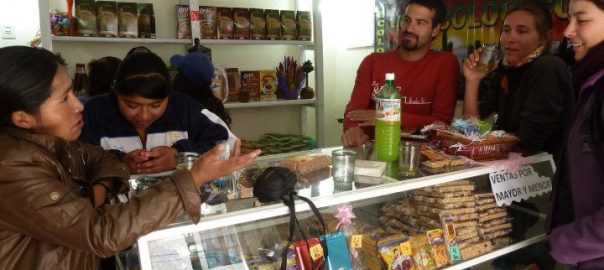
Edward Lorenz’s application of chaos theory to weather forecasting is better known to the general public as “the butterfly effect”, thanks to his conference presentation, “Does the flap of a butterfly’s wings in Brazil set off a tornado in Texas?” Lorenz’s law explains to us that there are unknown and...
16 February 2016
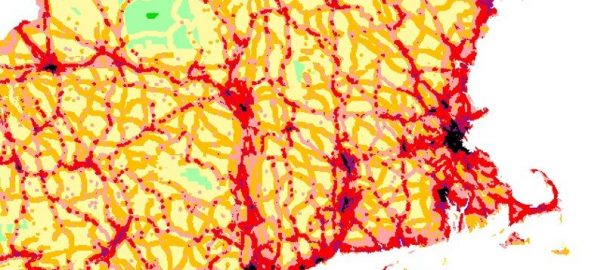
A frequent refrain in conservation is that we must prioritize. A cottage industry of conservation biologists, among whom I count myself, has risen to plan conservation and set priorities. And in nearly all of the hundreds or thousands of pages of conservation prioritizations that have already been published, nearly always...
14 February 2016
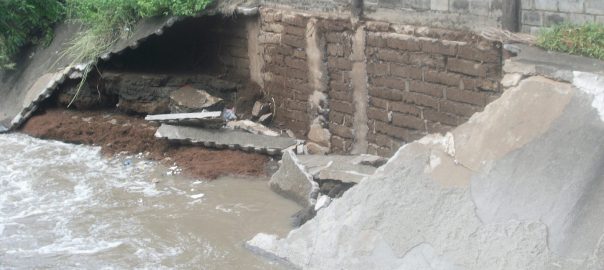
We experience the city through our senses. When we walk along city sidewalks or in parks, we can feel the city—we hear sounds, feel the materiality of the pavement or grass, and smell the car exhaust or freshly cut grass. These ‘sensual’ experiences of urban space are referred to as...
11 February 2016
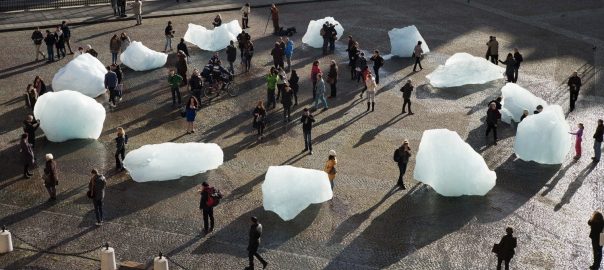
I’m lost. I started my career in sustainability for my friends and family, especially for their children. I had a desire to create a planet to enjoy, not one where they have problems breathing from air pollution, or can’t go outside during the summer because it’s too hot. I felt...
9 February 2016

The drought in California over the last few years has been long enough and sufficiently severe to compel mandatory urban water restrictions from the State Water Resources Control Board, an unprecedented policy move. The Board has also required, for the first time in state history, the reporting of per capita...
7 February 2016
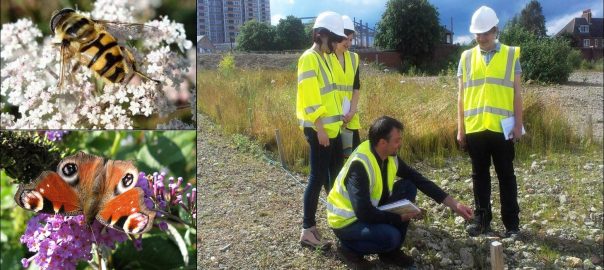
I may have (just) missed the 2015 International Year of Soils, so please forgive me for jumping on the soils bandwagon somewhat belatedly. Before I go further, a disclaimer—I am no expert on soils, having only relatively recently begun working on a multidisciplinary research project on carbon capture in urban...
4 February 2016
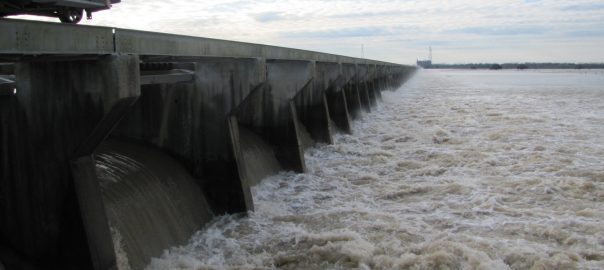
The sustainability and, indeed, future existence of New Orleans and the Mississippi River Delta depends upon a complex choreography of water, bureaucracy and infrastructure. The quandary for New Orleans can be summed up like this: how can we manage North America’s largest river in a way that mitigates seasonal flooding,...
2 February 2016

Justifiably, the Amazon region has been at the center of climate change discussions and negotiations since the late 1980s. It is not difficult to explain ‘justifiably’ when one is referring to a region of continental proportions, with unparalleled biological and cultural diversity, and whose biogeochemical cycles and atmospheric circulation processes...
31 January 2016
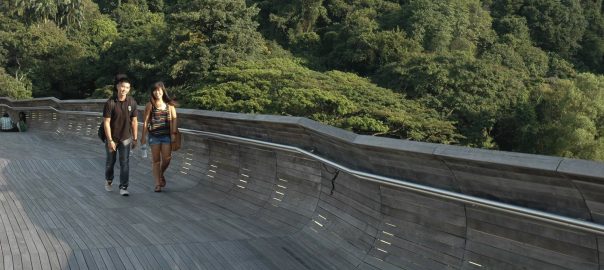
Mindy Fulllilove, Columbia University psychiatrist and author, likens pedestrian pathways and urban trails to arteries in the circulatory system of a city: essential conditions for creating a healthy city. There is much to be said for neighborhoods that are physically connected, and where it is possible to move across a...
27 January 2016
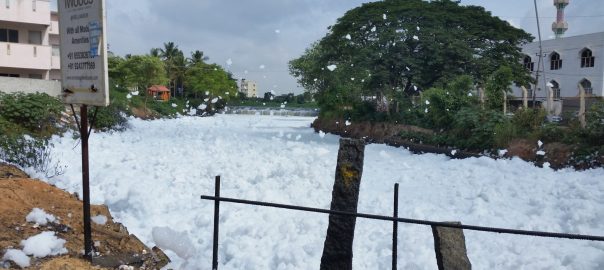
An image of expanding cities is associated, in most people’s minds, with the shrinking and gradual disappearance of urban nature. Yet, as life in cities becomes increasingly stressful and challenging, a gradual revalorization of urban nature is taking place across the cities of the world. The importance of urban nature is...
24 January 2016
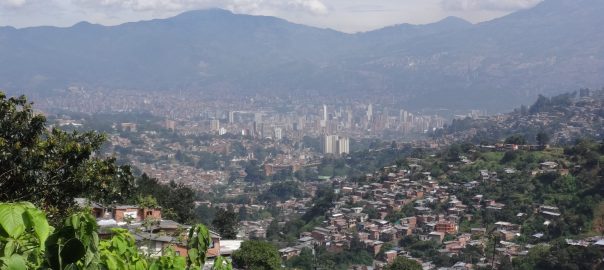
Para leer la versión en español, haga clic aquí. Coexistence between nature and urban is not a matter of experts but a matter directly related to the “civic values.” —De las Rivas What is the shape and formal composition given by designers or people in general to nature in our cities?...
20 January 2016
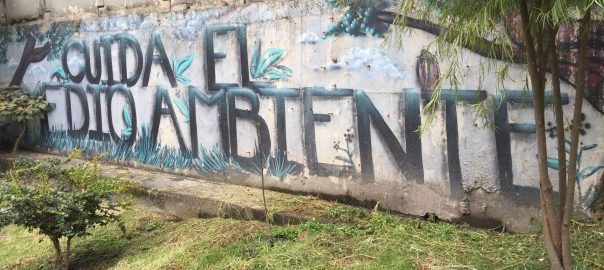
Nature is all around us. Plants, animals, soil, air and water inhabit and animate our daily lives, whether you live in the country or in the city. We are invigorated by nature. We are inspired by its creatures, their beauty, and their existential meaning. We depend on nature’s services and...
16 January 2016

At a time when the importance of trees in cities is gaining attention, the canopy cover of Australian suburbs is decreasing. Local councils’ response is to plant more trees in the public domain, but what of the private domain? A quick glance around many Australian suburbs suggests that residents do...
10 January 2016
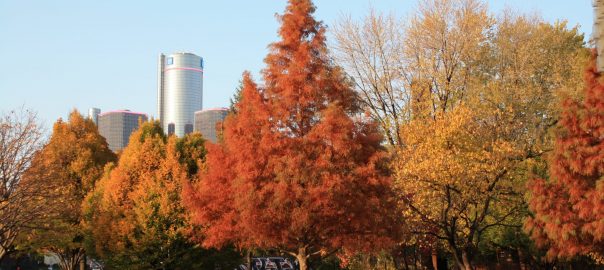
We all know that nature in the urban environment can make our lives as city dwellers infinitely better, but can it create quality of life even for the displaced among us? Winter is here in the city of Detroit, Michigan. It’s cold, and people all over this northern city are...
7 January 2016
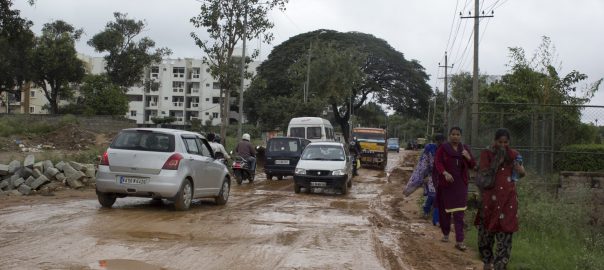
There is growing recognition that cities, which already house more than half the world’s population, require increased policy and development attention. India’s policy response to the need for sustainable, resilient and low-carbon cities is the Smart City mission. According to the Indian Ministry of Urban Development, the mission promotes “cities...
4 January 2016

Jane Jacobs critiqued modernist city planning in the now classic book The Death and Life of Great American Cities (1961). This book is now inspiring an urban renaissance. Jacobs proposed that a city must be understood as a system of organized complexity—in other words, as an ecosystem—and that any intervention...


